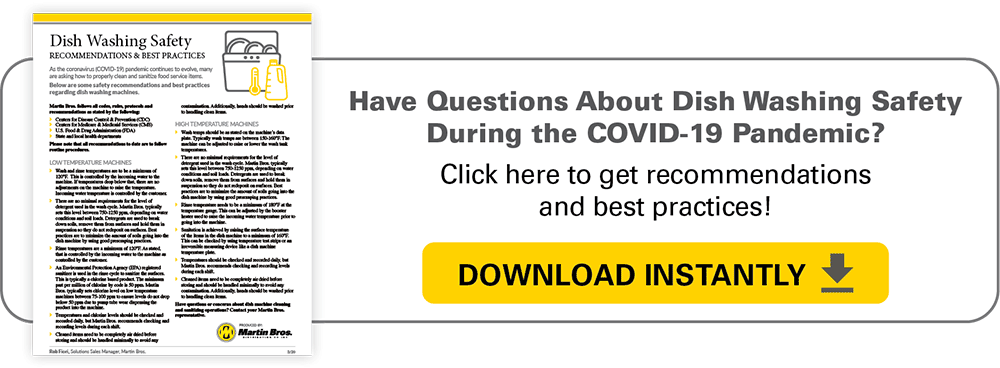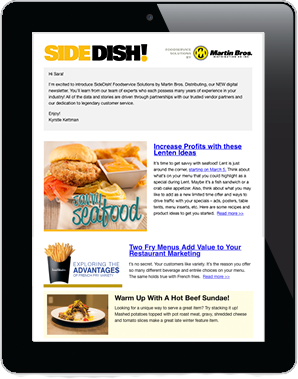Proper sanitizing and disinfecting is essential in preventing the spread of infectious diseases and viruses such as coronavirus (COVID-19).
The terms are often used interchangeably but are in fact legally different, and knowing the difference between the two can help determine the products you use and how you use them.
"WHAT’S THE DIFFERENCE BETWEEN SANITIZING A SURFACE AND DISINFECTING A SURFACE?"
Sanitizing is killing 99.9% of microorganisms according to the label, creating a safe level. Food contact surfaces are sanitized. Disinfecting kills 100% of microorganisms as stated on the label.
"IF DISINFECTING KILLS 100%, WHY NOT DISINFECT FOOD CONTACT SURFACES?"
When disinfecting, there is a residual of product left behind that can pose a health risk. For food contact surfaces, that residue would need to be removed with a potable water rinse. Sanitizing leaves surfaces at a safe level without rinsing. You can still disinfect if you feel there may be a risk of known viruses or bacteria, but remember to rinse after the required dwell or contact time of the disinfectant.
"I HEAR THE TERM “DWELL TIME”. WHAT DOES THAT MEAN?"
Dwell time or contact time is the required amount of time a disinfectant or sanitizer needs to remain wet on a surface to achieve the stated kill claims of the product. Dwell times differ from product to product. If the dwell time is shortened, you may not achieve the maximum killing properties of the product.
"DO ALL CLEANING PRODUCTS HAVE DISINFECTING PROPERTIES?"
Products may have disinfecting properties, but unless the label states it is an Environmental Protection Agency (EPA) registered disinfectant or sanitizer, it cannot claim to have those properties. Look for the EPA registration number for the product on the label to be sure. Also, read the label for what bacterias and viruses the product states it kills.
"WITH HEIGHTENED AWARENESS OF THE CORONAVIRUS OUTBREAK, SHOULD I DISINFECT MY LAUNDRY OR FOOD SERVICE ITEMS?"
The Centers for Medicare & Medicaid Services (CMS) advises that management of laundry, food service utensils and medical waste should be performed in accordance with routine procedures.
"HOW OFTEN SHOULD I CLEAN AND DISINFECT HIGH-TOUCH SURFACES?"
While there are not specific requirements as to how often high-touch surfaces should be cleaned and disinfected, it is recommended to clean and disinfect often. A minimum of 2-3 times per eight-hour shift would be a good practice. The more highly touched areas like door handles, light switches, telephones and handrails should be done more frequently.
"HOW DO I KNOW IF A DISINFECTANT IS EFFECTIVE AGAINST COVID-19?"
The EPA has the “List N”, which includes products that meet the EPA’s criteria for use against SARS-CoV-2, the novel coronavirus that causes the disease COVID-19. They list the EPA registration number of the product. Most disinfectants are sub-registered from companies that have the master EPA registration. Look for the EPA registration number of the product. These products may be marketed and sold under different brand names, but if they have the same EPA registration number, they are the same product. Martin Bros. has an updated list of approved products they carry that are on “List N”. Ask your Martin Bros. representative for more information.
For additional COVID-19 information and resources, please visit the Martin Bros. Pandemic Plan and resource page.







